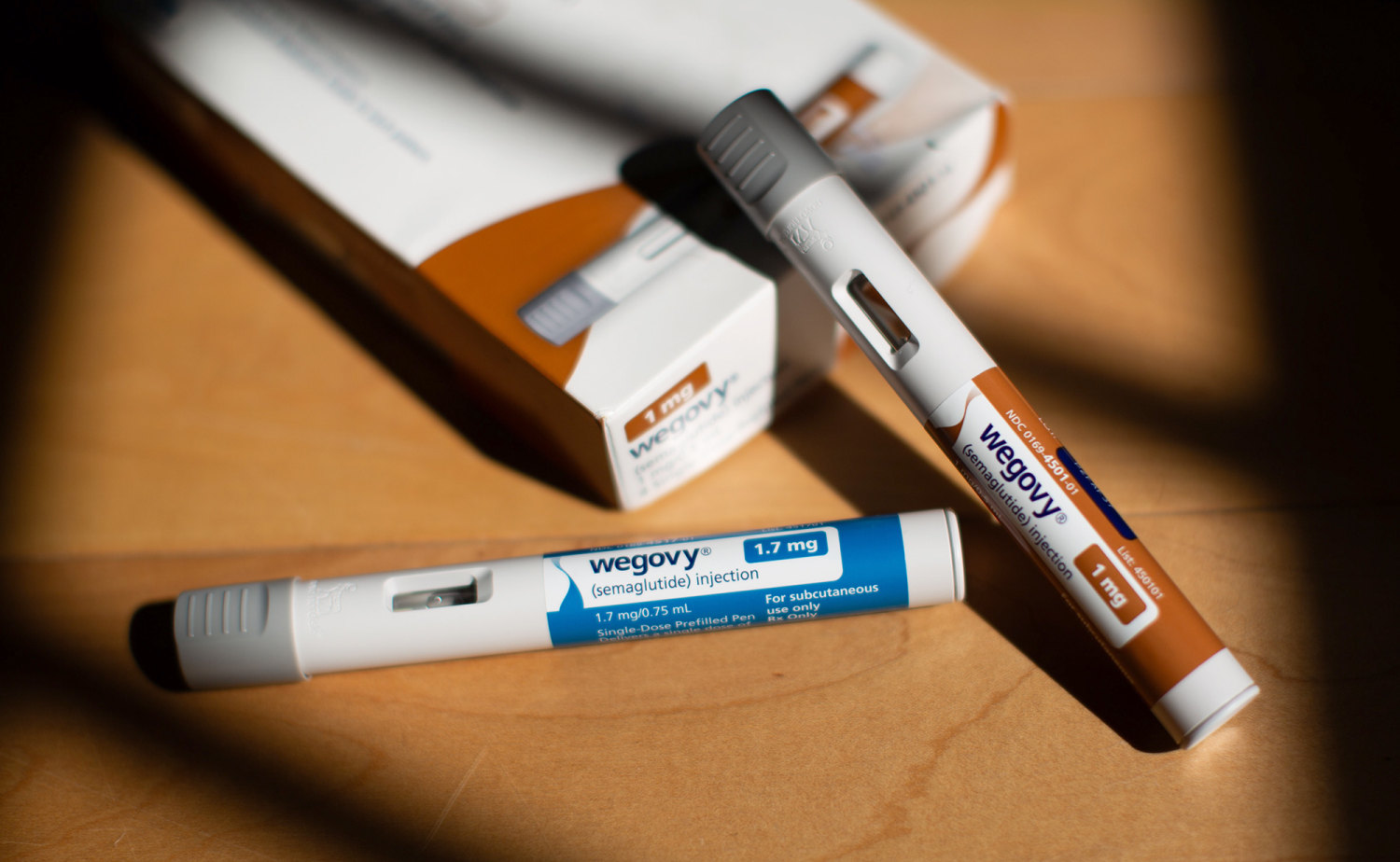When the body expels more fluids than it intakes, it leads to dehydration, a state where there isn’t enough water for normal physiological functions. While this can impact anyone, particular demographics like babies, toddlers, senior citizens, and individuals with long-term health issues are at greater risk. Dehydration can be triggered by multiple factors, from ordinary daily events to severe health conditions. Comprehending the reasons, signs, and preventive strategies is crucial for sustaining wellness.
Reasons for Dehydration
Dehydration can be caused by multiple factors, each affecting fluid levels in the body differently. One of the most prevalent causes is inadequate water intake, where individuals do not drink enough fluids to meet their body’s needs. This might be due to a busy lifestyle, lack of access to clean water, or simply not recognizing the sensation of thirst.
Another common cause is excessive fluid loss, which can occur through various means such as sweating, urination, or respiration, particularly during physical exercise or exposure to hot environments. For instance, athletes often experience dehydration during intense workouts if they do not replenish their fluids adequately.
Sicknesses can result in dehydration, particularly if they present with symptoms such as nausea, loose stools, or elevated temperature. For instance, an intestinal infection could lead to substantial water loss in the body rapidly, requiring urgent rehydration to avoid severe issues.
Symptoms of Dehydration
The symptoms of dehydration can vary based on the severity, ranging from mild to severe. Mild dehydration might manifest as thirst, dry mouth, or decreased urine output, with urine appearing more concentrated and yellow. Fatigue and dizziness can also occur, impacting daily activities and mental focus.
Severe dehydration can exhibit more alarming signs, including intense thirst, parched skin, a fast heartbeat, and confusion. In extreme situations, it might result in critical conditions like heatstroke or hypovolemic shock, demanding immediate medical care.
Preventive Measures
Avoiding dehydration requires developing routines that guarantee sufficient liquid consumption. Consuming a significant amount of water during the day is essential, particularly for those participating in physical exercise or living in warm environments. Including water-rich foods, such as fruits and vegetables, can also aid in sustaining hydration levels.
Observing physical indicators is another useful method for preventing issues. Being alert to feelings of thirst and frequently examining the color of urine can be beneficial for assessing hydration status. Moreover, getting ready for strenuous activities by drinking fluids beforehand can reduce the likelihood of dehydration.
Fluid Loss in Unique Groups
Some groups of people face a greater danger of becoming dehydrated, requiring particular attention. For example, seniors might not feel thirsty as often and should deliberately drink more liquids. Likewise, babies and young kids can lose fluids faster than grown-ups, so parents and guardians need to make sure they’re consuming sufficient amounts, particularly when they’re sick with conditions such as colds or flu.
Individuals with long-term health conditions, like diabetes, must incorporate dehydration management into their overall wellness plan. Adequate hydration aids in bodily functions such as circulation and temperature control, which are vital in handling these health issues.
Consider the effects of not having enough fluids, as it affects everyday activities and overall health over time. Understanding how to keep fluid balance and using daily methods for staying hydrated can greatly improve your quality of life. It’s crucial to be attentive and take action towards the reasons and signs of dehydration, promoting a healthier way of living for everyone.







